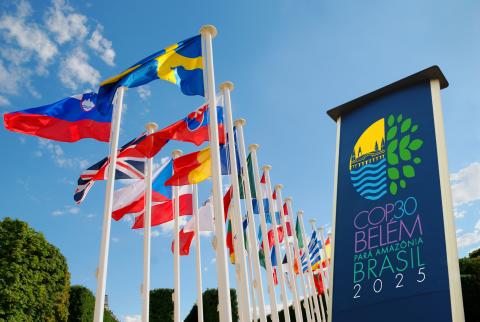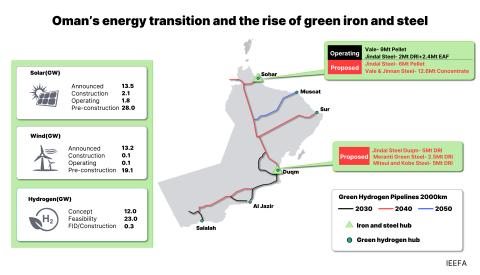Key Findings
In 2019, China accounted for 29% of Indonesian coal exports and India accounted for 23%.
Indonesian coal producers face the risk of falling sales volumes and lower prices.
The MEMR has already stated that Indonesia wants to boost sales to Vietnam, Bangladesh, and Pakistan, but the outlook for the three markets is uneven, ruling out easy negotiations.
Executive Summary
Coal sector analysts have been busy in recent months mapping the negative impact of low coal prices from the COVID-19 pandemic on Indonesian coal companies’ cash flow and government royalties.
Our first report concluded that Indonesia’s 11 listed coal producers face an onerous challenge in the pandemic-induced operating environment, with its lockdowns and slumping prices. If these circumstances continue for a long period, stakeholders could start asking tough questions about each of the companies’ viability and status as going concerns. (See Can the Indonesian Coal Industry Survive COVID-19).
To get a full picture of the sector, it’s necessary to look more closely at the newly volatile export demand landscape. This is critical because Indonesia’s coal sector relies on exports for more than three quarters of its demand and suffers from concentration risk because more than 50% of its exports go to two key markets: China and India. Indonesia’s Ministry of Energy and Mineral Resources (MEMR) said the country exported 175 million tonnes (mt) of coal from January to May 2020. It forecasts exports of 435mt for 2020, down from 472mt in 2019, representing a year-on-year decline of 8%. In 2019, Indonesian companies exported 29% of their coal to China and 23% to India.
The export outlook in 2020 for China and India reflects the impact of weak demand and the domestic market considerations that are working against a prompt pickup in demand. Both markets have natural demand for Indonesia’s low ash/medium energy coal, with China importing 46% and India importing 43% of foreign-supplied coal from the country in 2019. But both nations have significant domestic coal suppliers that could fill gaps in supply, which could put pressure on Indonesia’s pricing power.
The challenge for analysts will be judging whether, as COVID-19 abates, the market will quickly return to business as usual, or whether China and India will take full advantage of the downturn to preserve hard currency and favour domestic players. Based on IEEFA’s analysis, the demand outlook is currently better in China than India, but domestic supply for both has been growing and government policy in both markets favours reduced imports.
Based on these new demand considerations, IEEFA forecasts that Indonesian coal exports to China will decline by 10% year-on-year, and to India by 20% year-onyear. This will result in a demand shortfall for 2020 for the 10 listed coal companies in our sample. They accounted for 66% of Indonesian coal exports in 2019. The companies with the largest shortfall are:
- By volume to both markets: Bumi Resources (3.8mt), Golden Energy and Resources, and Adaro (2.5mt each),
- By percentage of total sales to both markets: Golden Energy and Resources (8.4%), Harum (7.7%), and Geo Resources (6.6%).
A volume shortfall means these producers are less able to cut costs and must either reduce output or secure new customers to take up the shortfall. The MEMR has already stated that Indonesia wants to boost sales to Vietnam, Bangladesh, and Pakistan, but the outlook for the three markets is uneven, ruling out easy negotiations.
We estimate the 10 companies in our sample could face a 5% sales volume shortfall in 2020. However, the smaller-scale producers outside our sample may face an 11% sales volume shortfall in 2020. These producers have limited access to public debt and equity markets and may be less able to manage the financial impact of a decline in sales volume.
Please view full report PDF for references and sources.
















